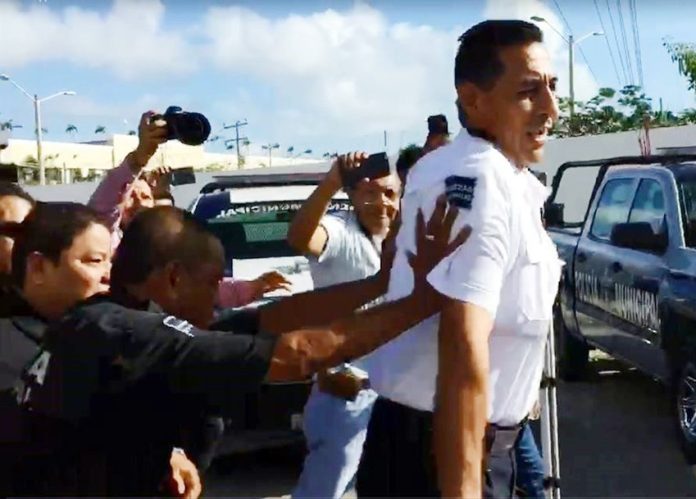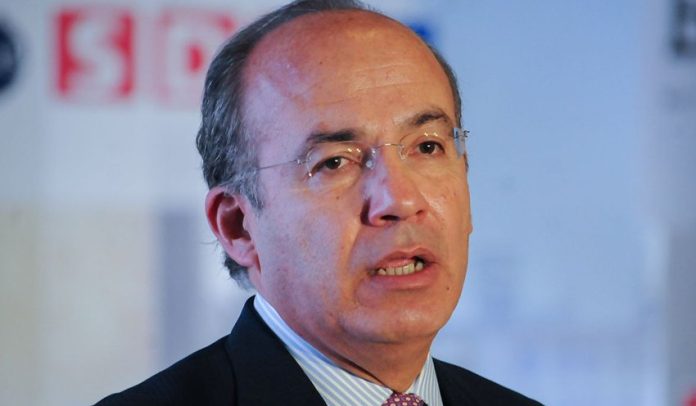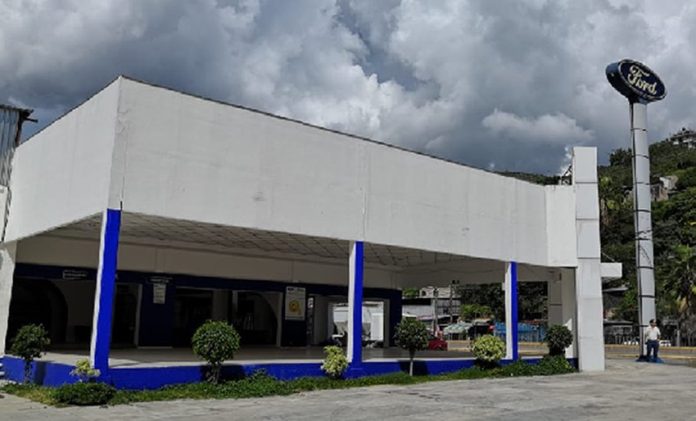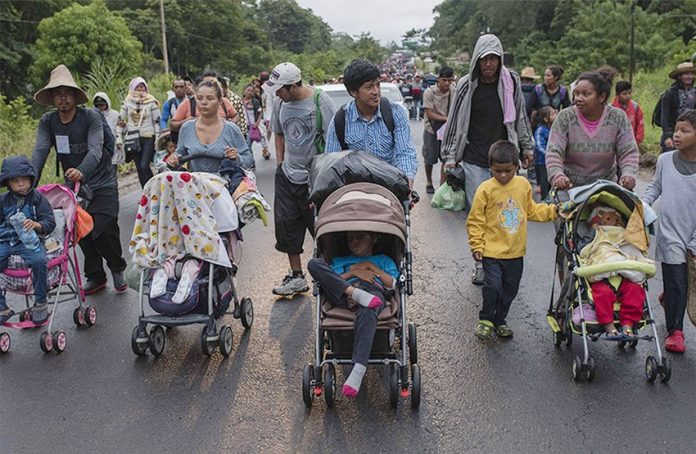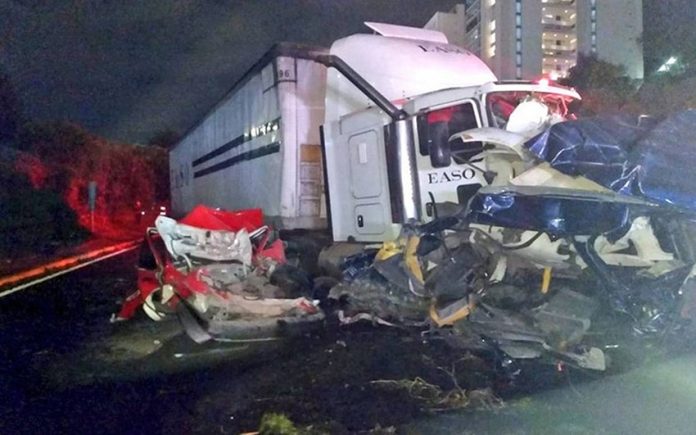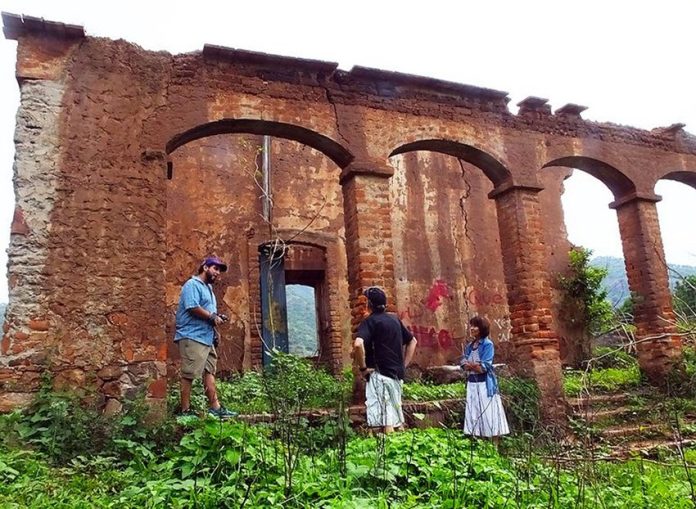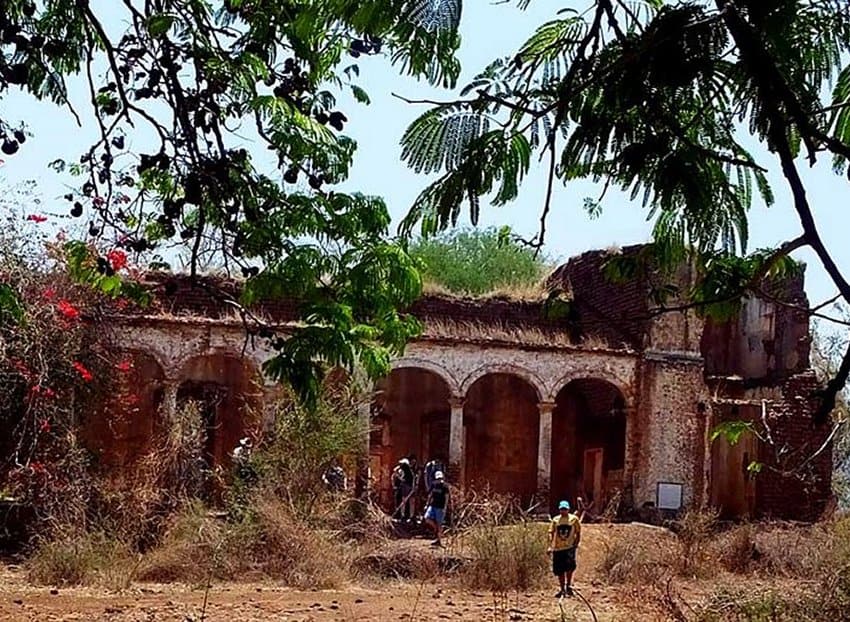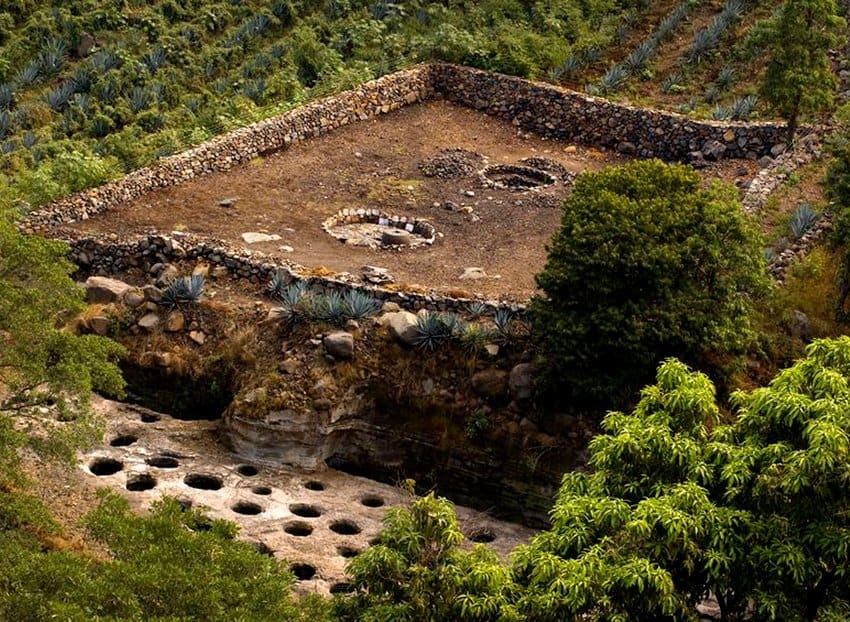An estimated 6,200 Central Americans traveling with the first migrant caravan have arrived this week at a sports stadium-cum-shelter in Mexico City and another 4,500 are en route.
Nashieli Ramírez, president of the Mexico City Human Rights Commission, said that at least 700 minors are among those staying in the stadium located in the borough of Iztacalco.
The migrants, of whom an estimated 86% are Hondurans, began arriving in the Mexican capital last Saturday and by Tuesday night their numbers had increased to the current level.
“We’re basically receiving the exodus that left Honduras on October 13 and started to arrive in dribs and drabs on Saturday . . .” Ramírez told a press conference yesterday.
She also said the United Nations Refugee Agency (UNHCR) and the National Human Rights Commission (CNDH) are investigating the reported disappearance of as many as 100 migrants.
Oaxaca human rights ombudsman Arturo Peimbert said earlier this week that he had received reports that two busloads of Central Americans had been kidnapped last Saturday and handed over to a criminal organization.
Ramírez stressed that the “recruitment” of migrants by criminal groups as they travel through Mexico towards the United States border is “one of the risks” the Central Americans face and urged them to stick together.
Caravan leaders held a meeting last night at which they agreed to go to United Nations’ offices in Mexico City today to request buses to transport the migrants to the United States’ southern border, where they intend to seek asylum.
However, some of the migrants – who are fleeing poverty and violence in Honduras, El Salvador and Guatemala – are anxious to continue the journey towards the border and hoped to leave the shelter today.
“I’ve been here for three days already and I’m already rested. I want to move on,” 40-year-old Honduran Francisco Redondo, who has previously worked in construction in California, told the Associated Press.
Mexico City authorities have not only provided food and shelter to the migrants but also medical attention.
Personnel from the health department including doctors, nurses and psychologists had treated close to 1,000 people as of late yesterday for a range of problems including severe blisters and contagious illnesses.
Journalists, photographers, human rights officials and local residents donating clothing and other items have also converged on the Jesús Martínez Palillo Stadium, part of the Ciudad Deportiva (Sports City) complex located to the east of the capital’s downtown.
According to some members of the caravan, people offering the migrants jobs have also infiltrated the shelter.
They requested that caravan leaders and authorities pay close attention to the entry of unidentified persons due to the possibility that those offering employment are in fact human traffickers.
Another visitor at the migrant shelter yesterday was former Honduran lawmaker Bartolo Fuentes, who helped organize the caravan’s departure from Honduras. He told a group of migrants that they should wait until president-elect López Obrador is sworn in before resuming their journey.
“Bartolo asked us to wait until December,” one migrant told the newspaper Reforma.
López Obrador pledged last month that once he takes office visas will be offered to Central Americans who want to work in Mexico.
“From December 1, we’re going to give employment to Central Americans. It’s a plan we have, he who wants to work in Mexico will have a work visa,” he said.
Bartolo encouraged the migrants to heed those words.
“I don’t think the man [López Obrador] is a liar, he’s going to come in as president, he’s going to lead this great nation and he has promised them something, so we have to see. I say that it’s worth it for them to wait but they’re the ones who decide,” he said in an interview.
Bartolo warned the migrants that they wouldn’t be able to cross the United States border as one large caravan as they did at Mexico’s southern border with Guatemala, reminding them of U.S. President Trump’s hardline immigration rhetoric and plan to send up to 15,000 troops to the border area.
“. . . [The migrants] should seek asylum in Mexico and then, as refugees, think calmly about another country,” he said.
Another migrant who spoke to Reforma said that he was uncertain about his plans.
“I don’t know, I have a family to support . . . and I don’t have work, what do I do?”
President Peña Nieto announced a program last month called “Estás en tu Casa” (You are at Home), offering shelter, medical attention, schooling and jobs to the Central American migrants on the condition that they formally apply for refugee status with the National Immigration Institute (INM) and remain in either Chiapas or Oaxaca.
However, most migrants rejected the offer.
Meanwhile, around 4,500 migrants are continuing their journey through southern Mexico as part of two other caravans.
The second caravan, made up of 1,500 people who clashed with Federal Police at the southern border last month, is currently in Oaxaca while the fourth, with 3,000 people, yesterday reached Mapastepec, Chiapas.
Around 450 Salvadoran migrants who entered Mexico legally as part of a third caravan are still in Tapachula, Chiapas, waiting for their asylum requests to be processed.
Those currently on the move through the two southern states could arrive in the capital within a week if they manage to secure rides between towns.
Many members of the fourth caravan yesterday walked from Huixtla to Mapastepec although women and children traveled on buses provided by local Civil Protection services.
Municipal governments, community groups and residents of the small towns in Chiapas and Oaxaca where the migrants have stayed have provided food, water and other aid to caravan members.
But there are signs that the willingness to support the exodus of migrants — and means to do so — are dwindling.
The parish priest in Huixtla said support for the caravan that left the town yesterday was much less than that afforded to the two that preceded it.
“As a parish we don’t have any money,” Heyman Vázquez Medina said.
At least seven Central Americans decided to turn around yesterday and return to their countries of origin because the journey is “very difficult,” the priest said.
The second caravan reached Juchitán in the Isthmus of Tehuantepec yesterday.
Source: Milenio (sp), El Universal (sp), Reforma (sp)
